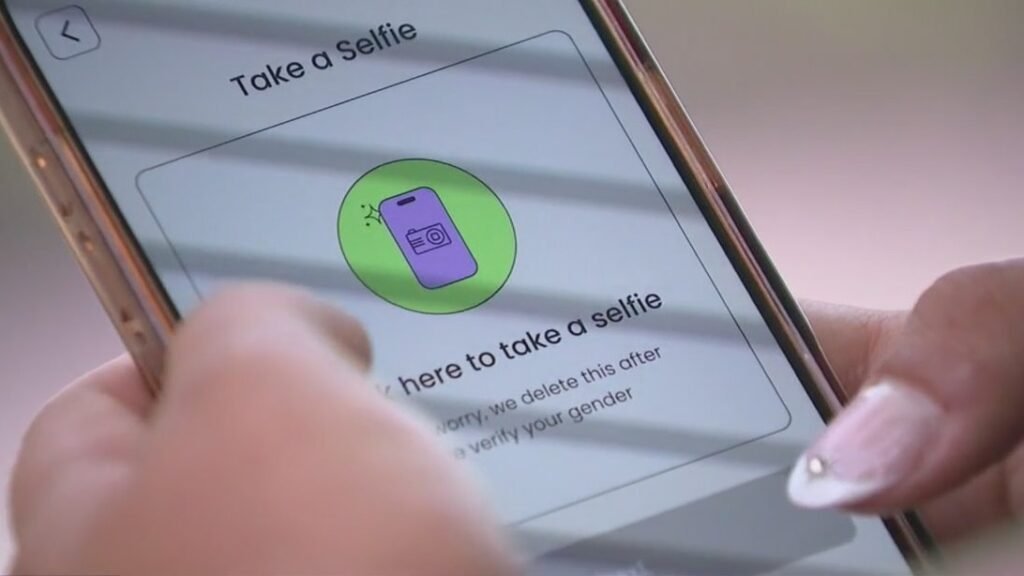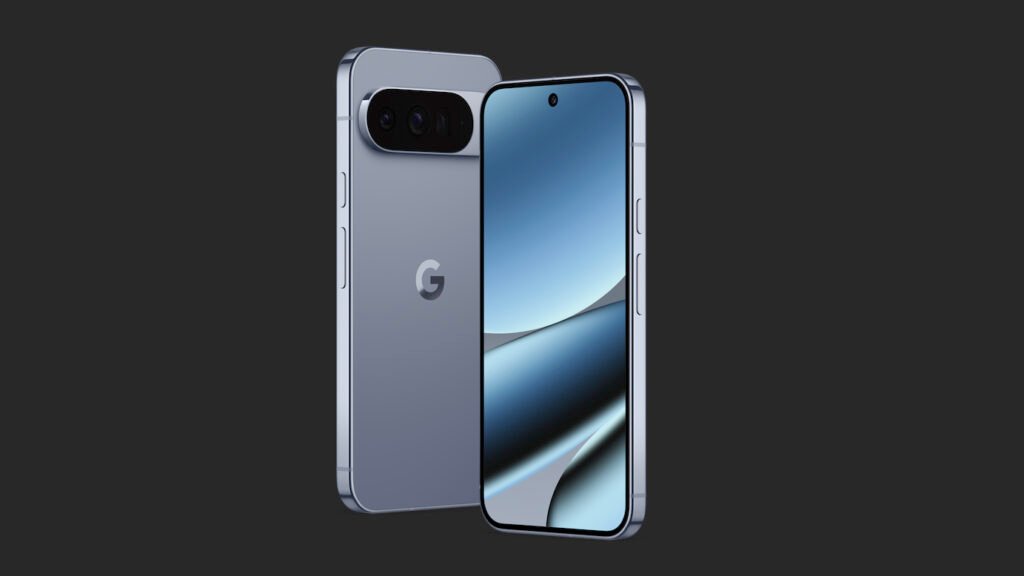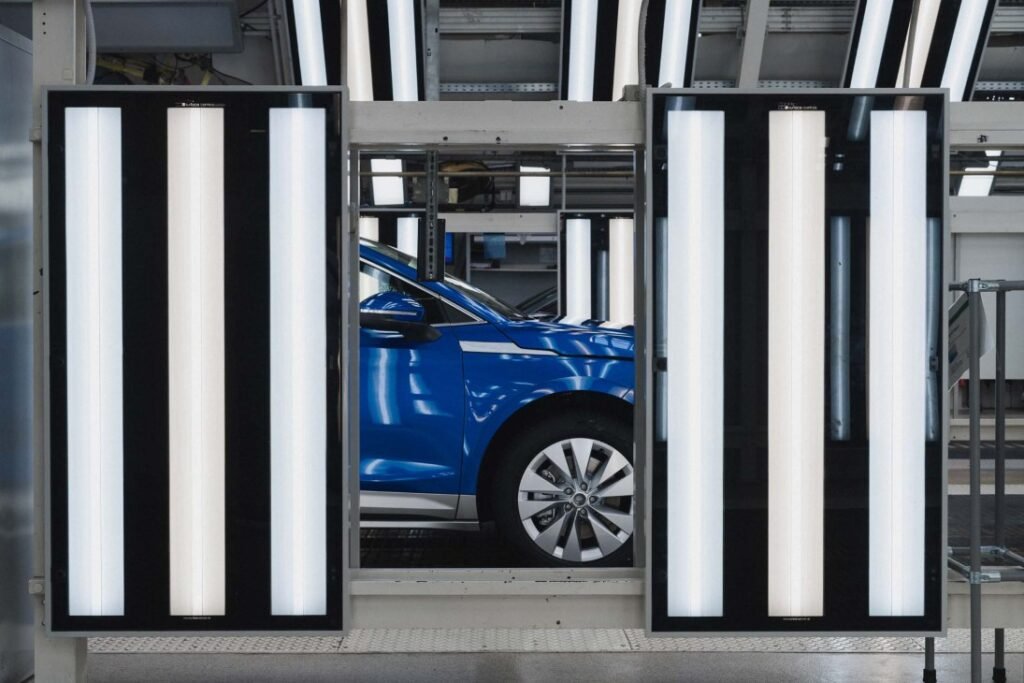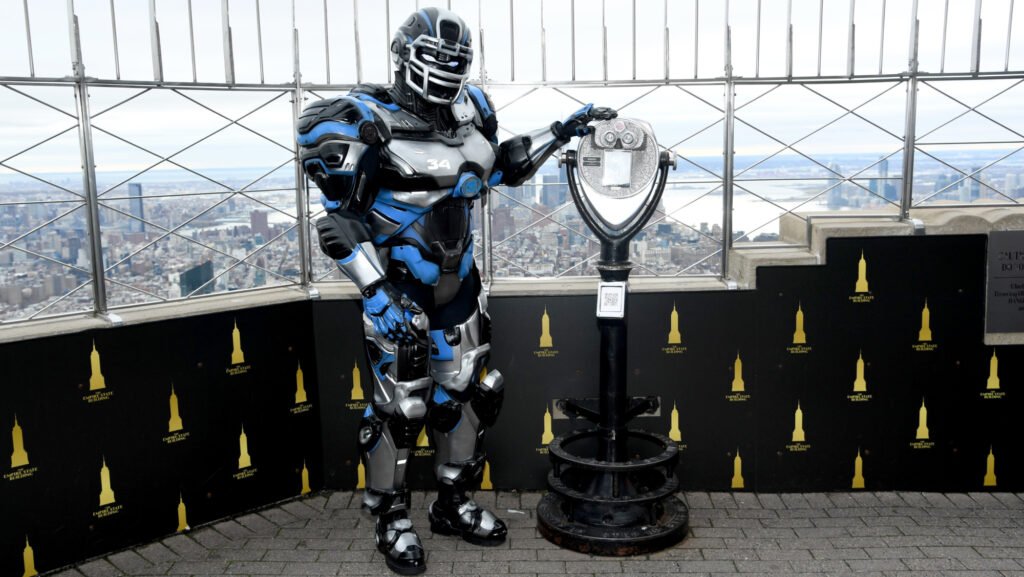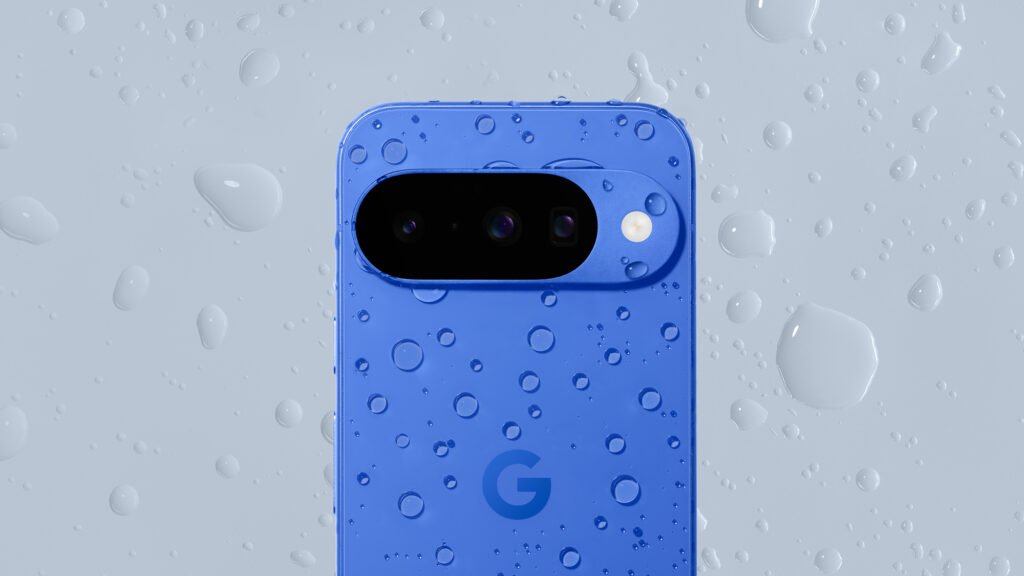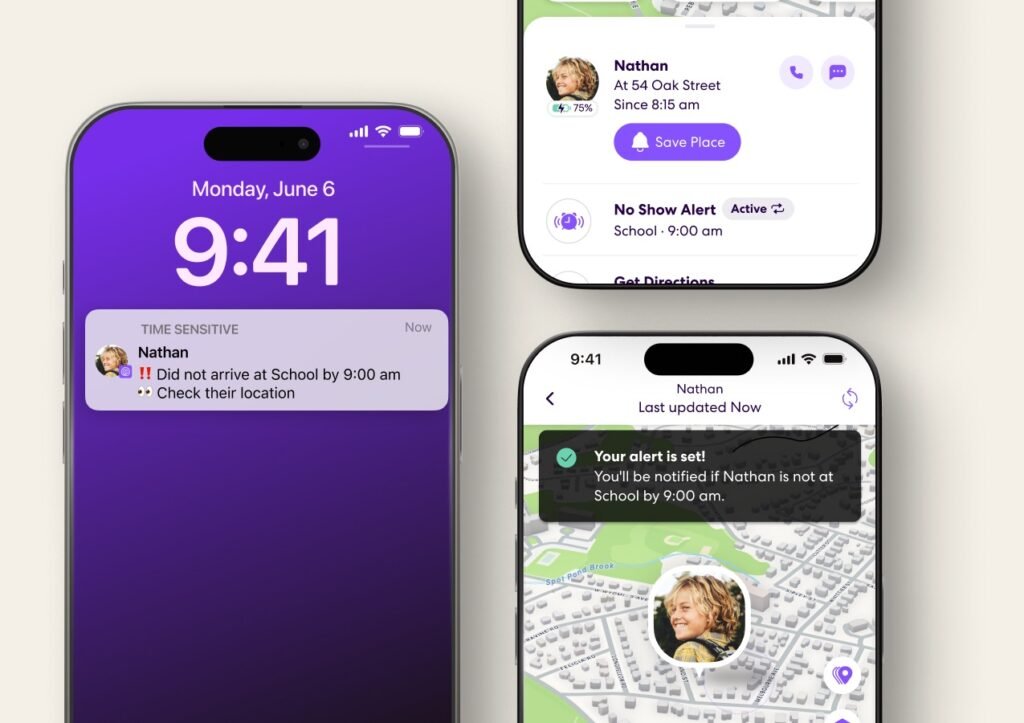Power banks are the unsung heroes of modern travel and quietly keep our phones alive through airport purgatory, train delays or sketchy hotel outlets. But they’re also potentially quite dangerous if you treat them badly or buy the cheapest knockoff you can find online.
The airline industry knows this better than anyone (remember when Galaxy Note 7s kept catching fire?), and it’s no surprise that the rules keep getting tighter. It’s not just the skies – your power bank can cause havoc in a hot car or even at home if you ignore basic safety.
To help you holiday with some peace of mind and to cut through the boring technical jargon, I’ve put together this guide that breaks down exactly what you need to know for safe travels with your power bank – whether you’re flying to Shanghai, riding the Eurostar or taking the Greyhound to nowhere in particular.
Read on as I explain the rules, the science and the common-sense steps that will stop your portable battery from turning your holiday into a headline. I’ve also included a detailed FAQ that answers all the questions you didn’t know to ask.
Or, if you just want to upgrade before your next trip, check out our guide to the best power banks.
Power bank basics
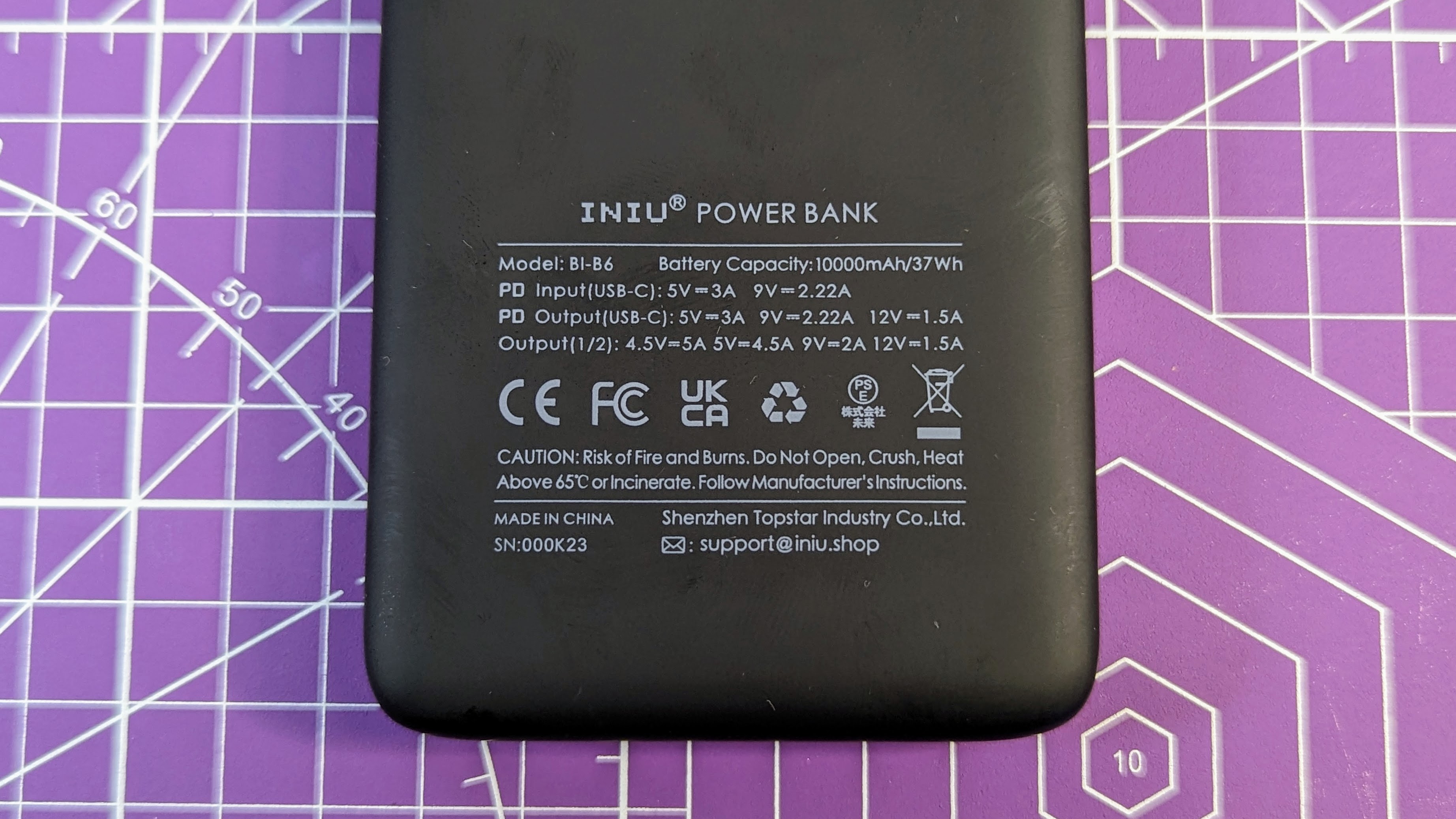
Skip down to the airline rules and tips for safe travels if you already know your power bank terminology, or read on for a quick recap on power bank basics.
At its simplest, a power bank is a rechargeable battery, usually lithium-ion, inside a protective case with electronics that manage safe charging. The quality of those electronics and the materials used make the difference between a device that lasts for years and one that fails after a few trips. Power banks can range from tiny to huge and charge phones, laptops or even jump start a car.
Capacity is often advertised in milliamp-hours (mAh), but airlines and transport regulators use watt-hours (Wh) to measure capacity. The Wh rating is usually printed on the back of the power bank, but if not, the conversion is straightforward: Wh = (mAh ÷ 1000) × voltage.
Most modern power banks run at 3.7 volts, so a 10,000 mAh model works out to about 37 Wh. Don’t feel like doing the math? Try our Wh calculator below.
For travel, remember that 100 Wh (27,000 mAh) is the common limit before special airline approval is needed, and anything over 160 Wh (43,000 mAh) is generally not permitted.
The design and build quality are important, so avoid any mystery brands on Amazon, even if the totally not-fake reviews look good. You can’t go wrong with any of the options in our best power banks buyer’s guide, or a model from brands like Anker, Iniu, CukTech, Ugreen and Baseus. Many even publish their own guides, such as this informative read from Anker.
We are also starting to see some manufacturers releasing power banks with LiFePO4 (lithium iron phosphate) batteries. These use a more thermally stable battery chemistry, but are slightly bulkier than models that use other typical lithium-ion types.
That said, even the best brands can sometimes have issues, so make sure to look out for any power bank recalls.
If you have an old power bank where the casing is cracked, swollen, getting hot or runs flat very quickly, it’s best to replace it before traveling. Read more about what to do with an old power bank in our disposal guide below.
Power bank don’ts
- Avoid exposing your power bank to extreme heat or cold (like leaving it in a car), as this can shorten its lifespan or damage it.
- Don’t buy a dodgy or unknown brand power bank.
- Don’t use a power bank that’s cracked or starting to swell.
- Avoid using a power bank inside a bag as it can overheat.
How to travel safely with your power bank
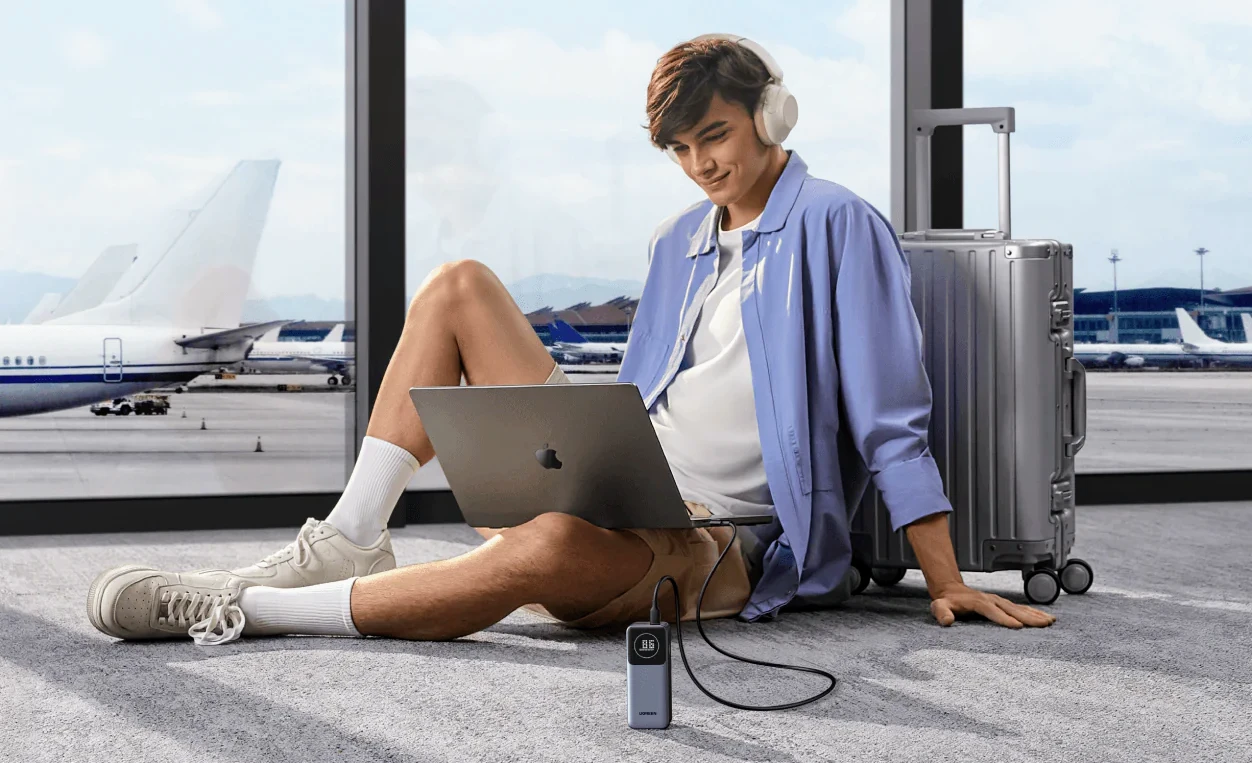
Power banks are treated the same way by most airlines because the rules come from safety bodies like IATA (International Air Transport Association) and the FAA (Federal Aviation Administration). The good news is that the important points are pretty straightforward.
Taking your power bank on a flight
You must keep power banks in your carry-on cabin bag. They are not allowed in checked luggage under any circumstances. If your bag is gate-checked, make sure to remove any power banks or spare batteries first.
Know your watt-hour limits
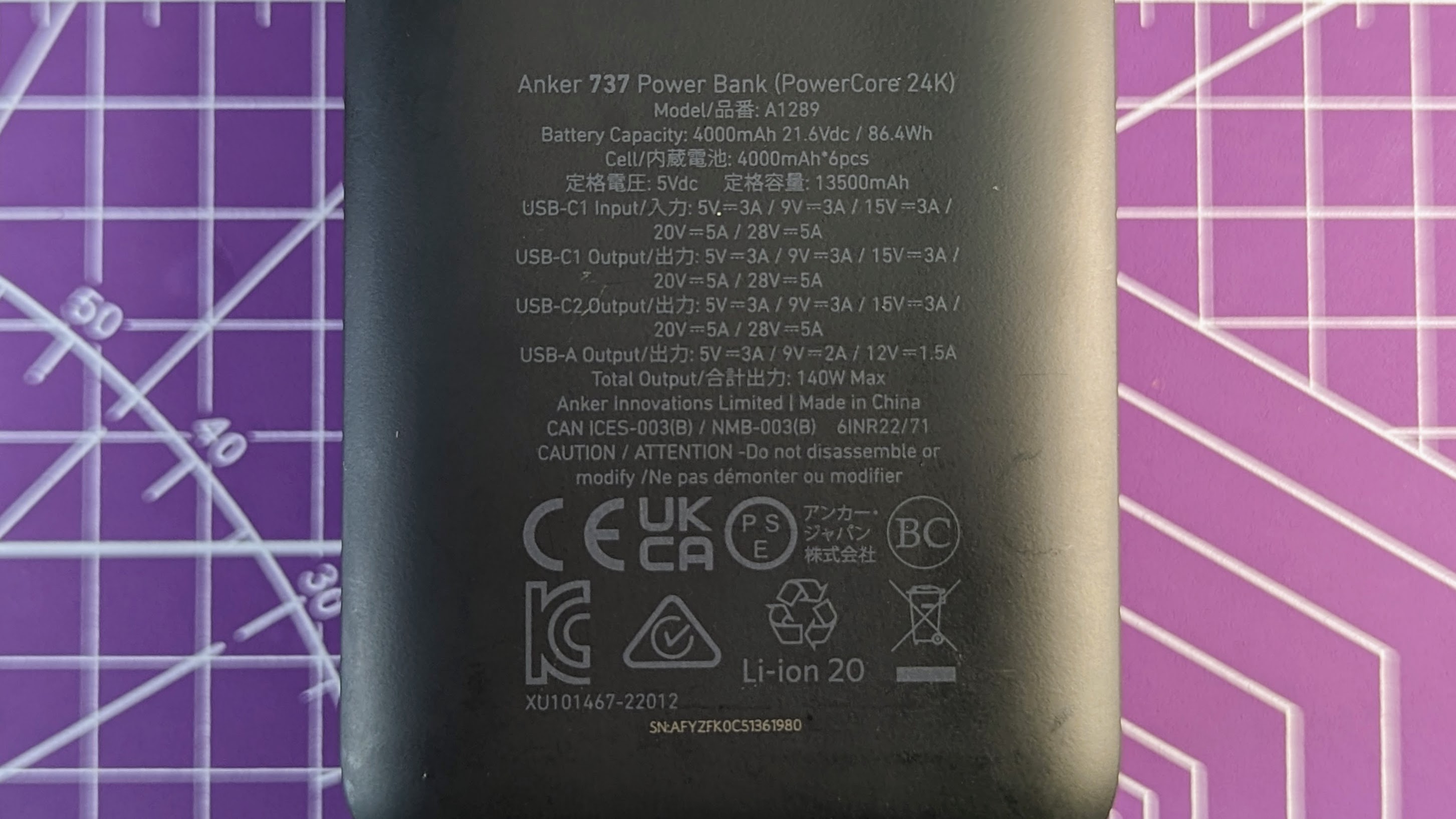
(Image: © TechRadar)
Up to 100 Wh is generally fine without approval. Between 101 Wh and 160 Wh, you will need airline approval, and most carriers limit you to two units. Power banks over 160 Wh are generally not permitted on passenger flights.
Understand why it matters
Lithium-ion batteries can overheat or fail if damaged. So, for safety, they need to be in the cabin where crew can deal with any issues quickly.
Navigate the airline approval process
If your power bank is between 101 and 160 Wh, contact your airline well in advance and get confirmation in writing. Turn up without it and you risk losing the device at security check.
Keep up with recent changes
In the last few months, many airlines have added new power bank and battery rules. Some prohibit power banks from being used while flying, which is a frustrating development. Others require them to be visible while charging. If flying domestically in China (excluding international arrivals), power banks need a 3C mark. I’ve included a table of per airline rules (correct as of August 2025) near the end of the article.
These are the baseline rules, but for anything more complex, contact your airline well before you fly for any specific requirements they may have.
Special situations
What about different battery types, medical exemptions or other modes of travel? Don’t worry, I have you covered.
Other battery types
The same airline rules for capacity limits, approvals and carry-on requirements also apply to other rechargeable lithium batteries. This includes battery packs for cordless tools, camera gear, drones and, of course, high-capacity power banks between 101 and 160 Wh. If you are traveling with any of these larger batteries, you must contact your airline before the trip and get explicit approval in writing.
Mobility and medical devices
Batteries used in mobility aids like electric wheelchairs or scooters, or in certain medical devices, are handled under separate rules. They often have higher capacity allowances if the battery is essential for health or mobility, but you’ll still need to declare them in advance and follow the airline’s packing and handling instructions. If you fall under this category, contact your airline well ahead of your flight and confirm the requirements.
Different modes of transport
Trains, buses and ferries generally allow high-capacity power banks and other lithium batteries, but some operators have their own limits. International services may apply airline-style rules, so check before you travel. Even without formal restrictions, store batteries securely and follow the same basic safety practices you would for air travel.
A checklist for traveling with power banks safely
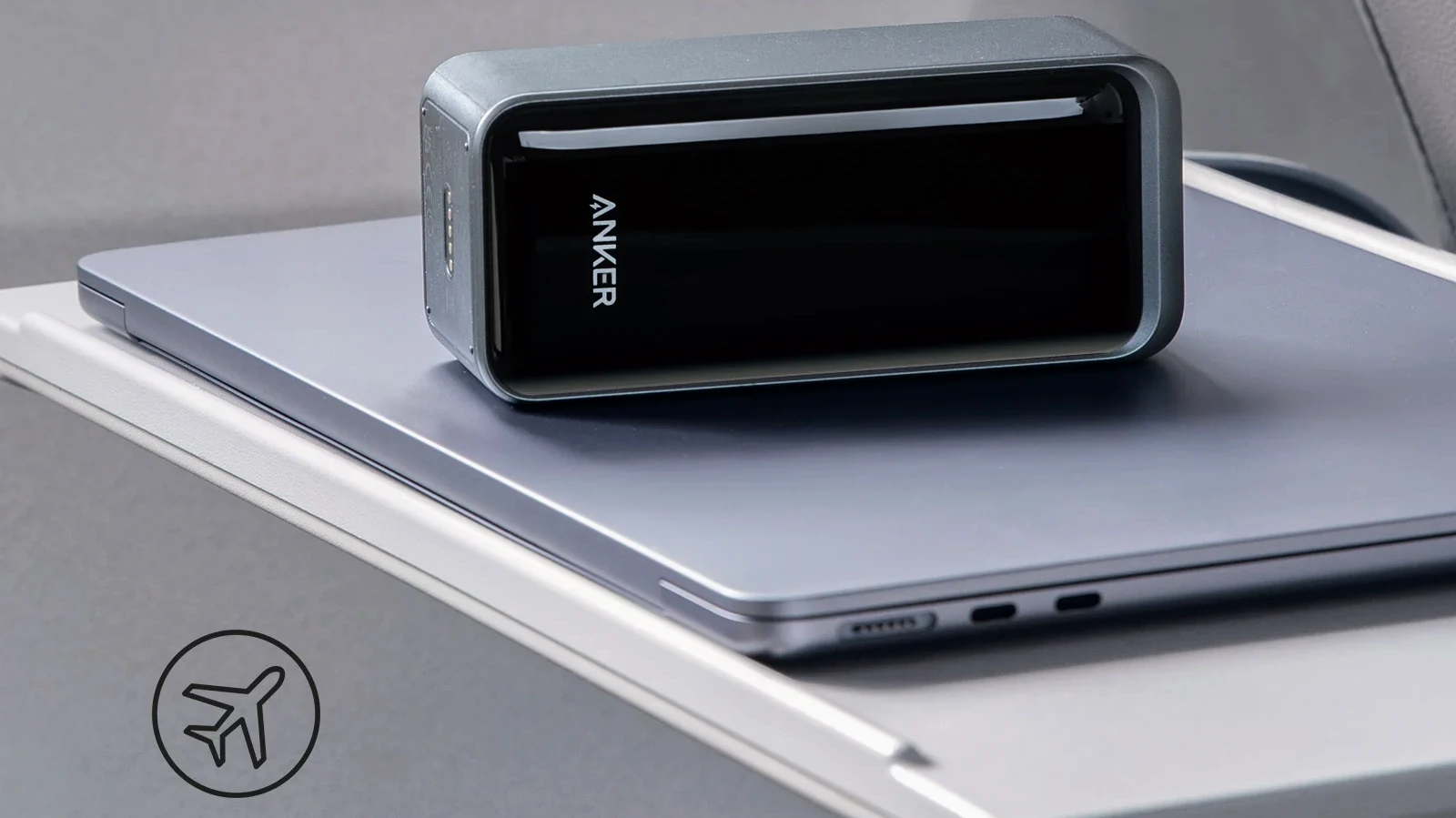
- Check the capacity: Look for the watt-hour rating (or calculate it) and confirm it’s within airline limits.
- Inspect for damage: Do not travel with a power bank that’s cracked, swollen, leaking or overheating.
- Get approval if needed: Contact your airline in advance for any power bank between 101 Wh and 160 Wh and carry written proof of approval.
- Verify airline rules: Check your airline’s policy in case there are extra requirements or restrictions for your flight.
- Pack it properly: Keep power banks in your carry-on in a place that’s protected yet easy to access.
Frequently asked questions
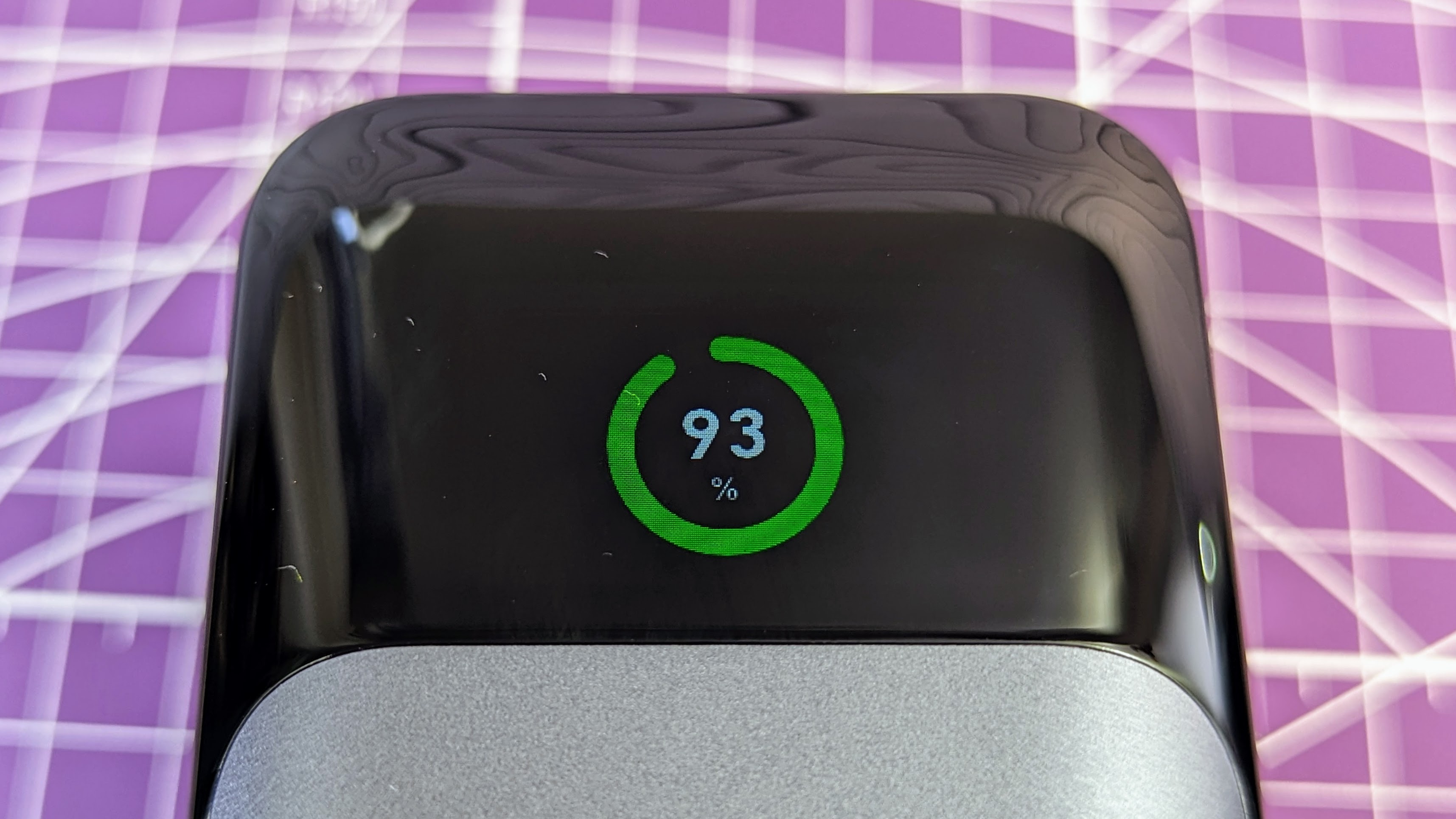
Below are some answers to the most common questions about traveling safely with power banks.
Are power banks allowed in checked bags?
No, they must be in your carry-on.
What does the 100 Wh rule actually mean?
Up to 100 Wh capacity is fine without approval; 101 to 160 Wh needs airline approval; over 160 Wh is typically prohibited on passenger flights.
How do I convert mAh to Wh if it’s not printed on my power bank?
Wh = (mAh ÷ 1000) × voltage. Most power banks use 3.7 V, so 10,000 mAh is 37 Wh.
Is a 20,000 mAh power bank allowed on a plane?
Yes, 20,000 mAh is 74 Wh and is under the 100 Wh limit.
Is a 30,000 mAh power bank allowed?
30,000 mAh is 111 Wh and needs airline approval, though it’s often limited to two units.
Do airlines really check the watt-hour label?
They can, and the airline or airport security may not allow a power bank if the Wh cannot be confirmed.
How many sub-100 Wh power banks can I bring?
There is no universal limit, but many airlines limit you to 2 or 4.
Do I need to cover or tape terminals on power banks?
Spare batteries (like for drones, cameras or tools) must be protected from short circuits – like with tape, bags or pouches, but you don’t need to tape power banks in your carry on.
Are tool and drone batteries treated differently?
Aside from protecting the battery terminals, they typically follow the same carry-on and capacity rules as power banks.
Can I use a power bank during the flight?
Mostly yes. It depends on the airline – many ban in-flight use or require the power bank to be visible.
Do non-lithium batteries have the same rules?
Standard dry cells like AA or AAA can go in carry-on or checked luggage, as long as the terminals are protected.
Are smart suitcases with built-in batteries OK?
Only if the battery is removable, is under the Wh limits and is placed in your carry-on.
Can Bluetooth trackers like Apple Airtags be left in checked baggage?
Yes – small Bluetooth trackers with coin-cell batteries, such as Apple AirTags, are generally allowed in checked baggage because they are low power and within lithium battery limits.
Do I need airline approval for laptop power banks with AC outlets?
No, unless they are 101 to 160 Wh, or higher.
Is there a rule about discharging a power bank before flying?
No, your power bank can be fully charged when flying.
Where should I keep a power bank in the cabin?
Somewhere easily accessible and not in a confined space where it could overheat. Many airlines don’t allow power banks in the overhead lockers, so it’s best to keep them in the seat pocket in front of you.
What if my bank has no printed Wh value?
It’s best to bring documentation (like the manual) or calculate it yourself.
Are wireless or solar power banks treated differently?
No, they are still power banks and follow the same rules.
Can batteries that are installed in devices go in my checked baggage?
In some cases, yes, but they must be protected from accidental activation and generally are better to have in your carry-on. Contact your airline for specifics.
What about medical or mobility device batteries?
They can have higher battery capacity limits but must be declared and approved in advance.
Do different countries use the same rules?
Most follow IATA standards, but airlines can be stricter. Asian airlines tend to have more rules restricting power bank use on planes.
Do airlines add the capacities together across multiple power banks?
No. Capacity limits apply per power bank, not as a combined total, though some airlines limit the total number of devices you can have.
How do I get airline approval for 101 to 160 Wh and what proof should I bring?
Most major airlines have an online form you can fill out. If in doubt, contact your airline well before you fly, and be prepared to provide the watt-hour rating and photos of the label.
Do I need to remove power banks or chargers from my bag during security screening?
Usually you can leave them in your carry-on, but some airports ask you to remove batteries or large electronics, so keep them accessible and follow staff instructions.
Is any country or authority stricter than the 100 Wh baseline?
Most use the 100 Wh limit, but some airlines add extra conditions like quantity limits or in-flight use bans, so always check your specific carrier.
What happens if I accidentally packed a power bank in checked baggage?
Tell airline staff immediately so the bag can be retrieved and the power bank removed, since flying with it in the plane’s cargo hold is not allowed. If you don’t, the checked baggage security screening will stop your bag from being loaded onto the plane.
If I have airline approval noted on my booking, can security still stop me and how do I present it?
Yes, security can still ask questions, so carry printed or digital proof that shows your name, flight, power bank watt-hours and the airline contact who approved it.
For China domestic flights, will non-3C power banks be confiscated after arriving on an international flight?
You can enter China with a non-3C power bank, but it will not be permitted on domestic flights and may be confiscated or refused at security.
Power bank disposal
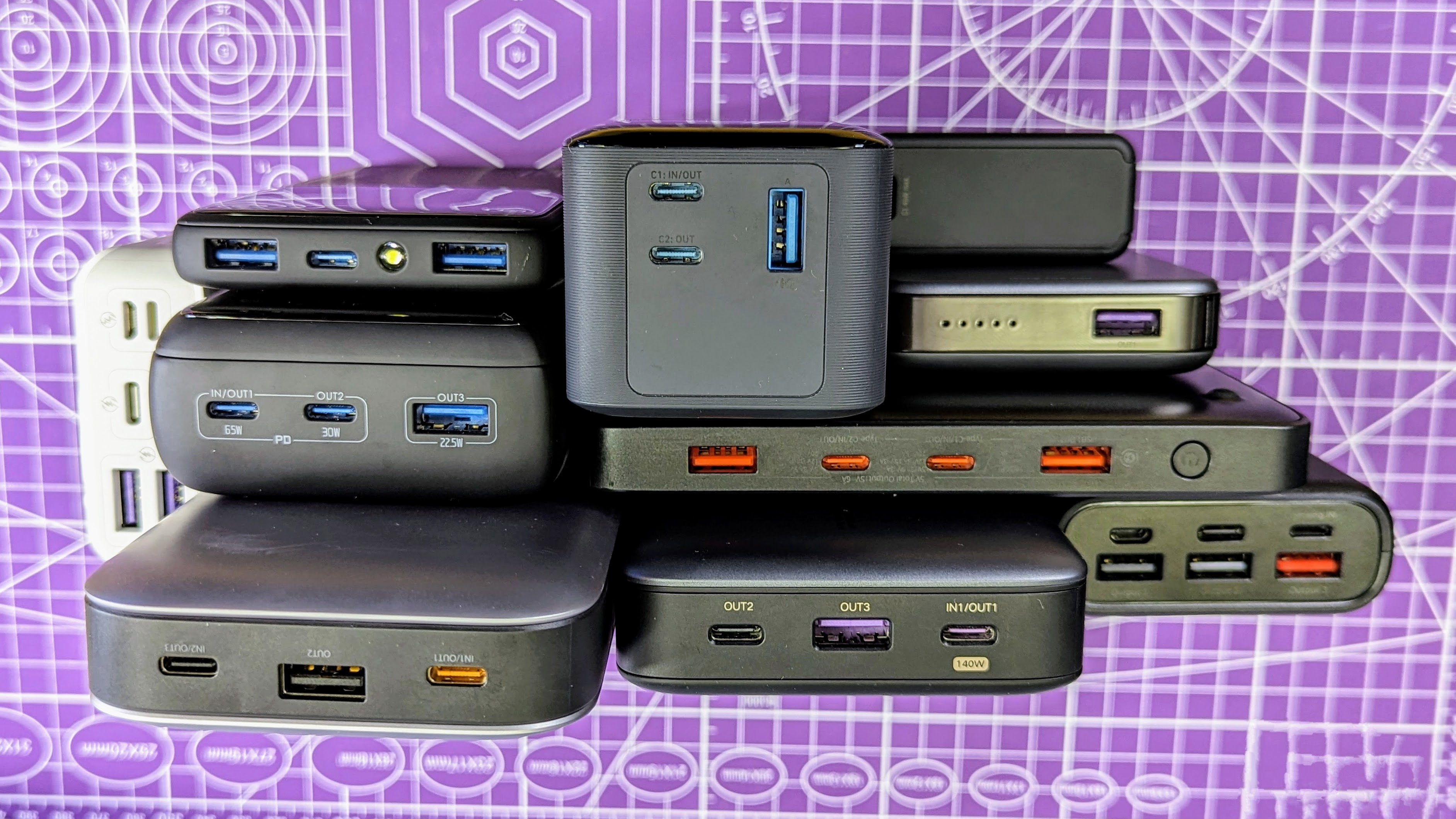
You can’t just throw batteries into the bin, and old or damaged power banks can cause fires in landfill and garbage trucks. Fortunately, getting rid of an old or damaged power bank isn’t as tricky as you’d think if you follow a few basic steps.
How to dispose of an old or malfunctioning power bank
- Recycle through an e-waste or battery recycling program.
- Carefully check it for any signs of damage or malfunction.
- Tell recycling staff if it’s swollen, leaking or has overheated.
- Don’t put a power bank in household rubbish or standard curbside recycling.
- Do not charge or use a damaged or malfunctioning power bank.
- If a power bank starts to smoke or catches fire, call emergency services.
Power bank and battery recycling schemes
|
USA |
Call2Recycle |
|
|
USA |
Staples in-store battery recycling |
|
|
USA |
Batteries Plus battery recycling |
|
| Row 3 – Cell 0 | Row 3 – Cell 1 | Row 3 – Cell 2 |
|
UK |
Recycle Now |
|
|
UK |
Recycle Your Electricals |
|
|
UK |
Currys in-store recycling |
|
| Row 7 – Cell 0 | Row 7 – Cell 1 | Row 7 – Cell 2 |
|
Australia |
B-cycle national battery scheme |
|
|
Australia |
Planet Ark Recycling |
|
|
Australia |
Bunnings national battery recycling |
Airline power bank policies

The info below is current as of August 2025, but remember that airlines can update their rules at any time. So if in doubt, always confirm the details before you fly, as they may have changed since you booked.
I’ve included links to the battery policy for most major (and plenty of not-so-major) airlines, but it’s worth noting some make you dig through submenus to find the section on batteries.

